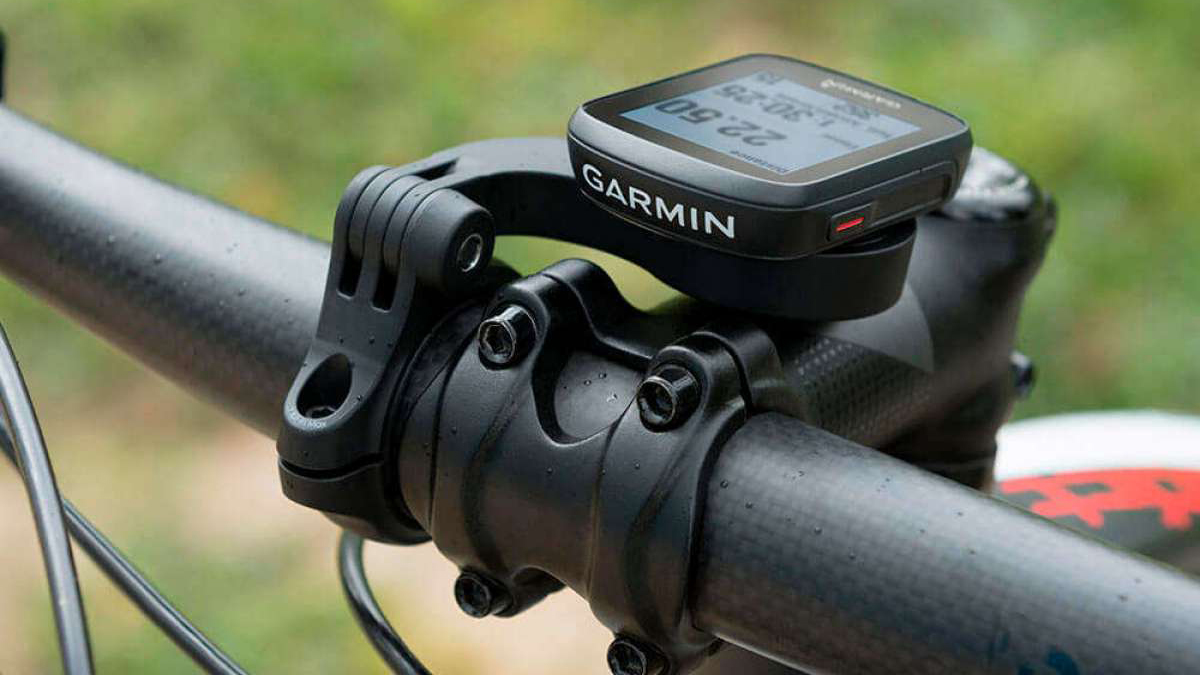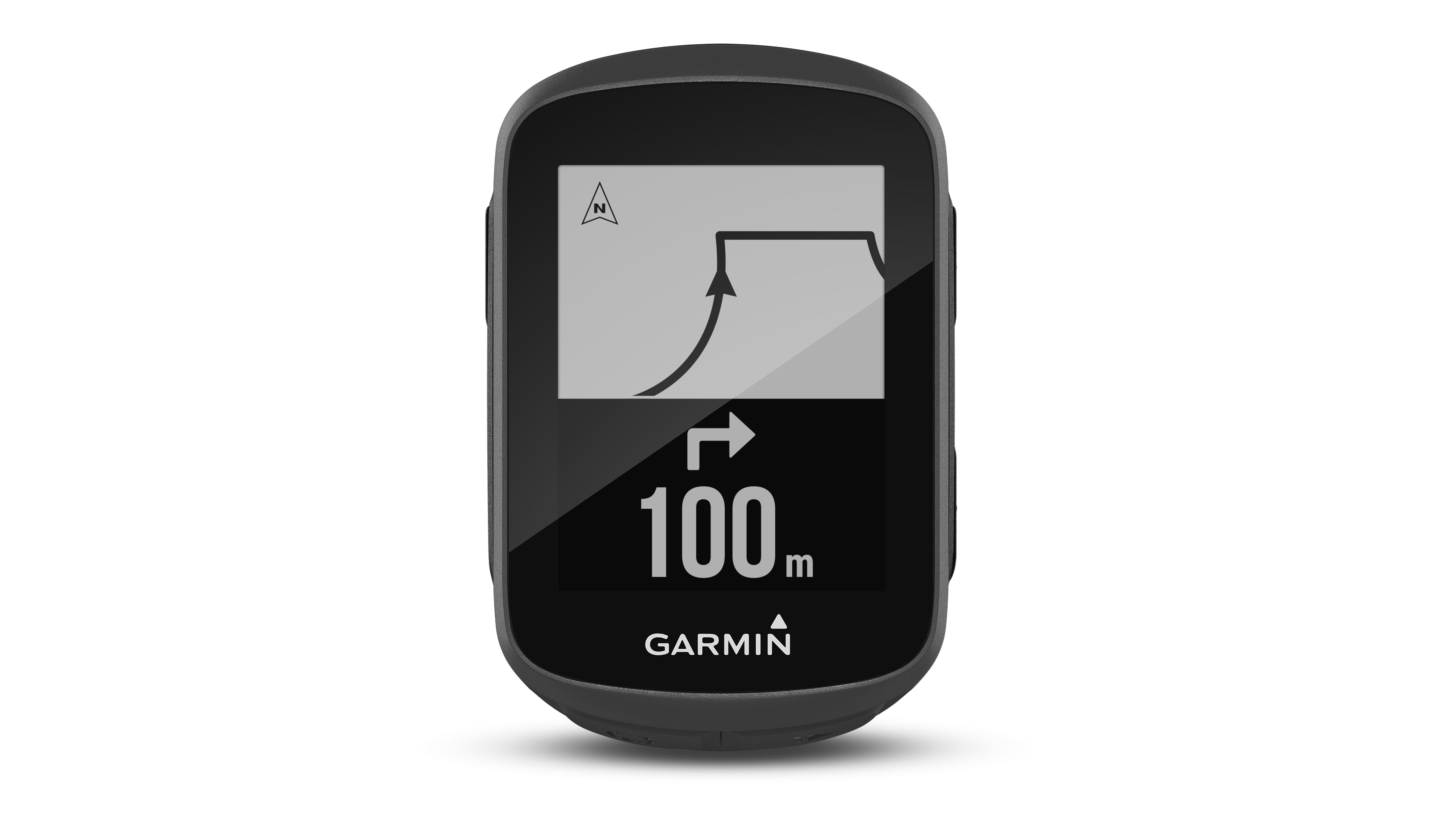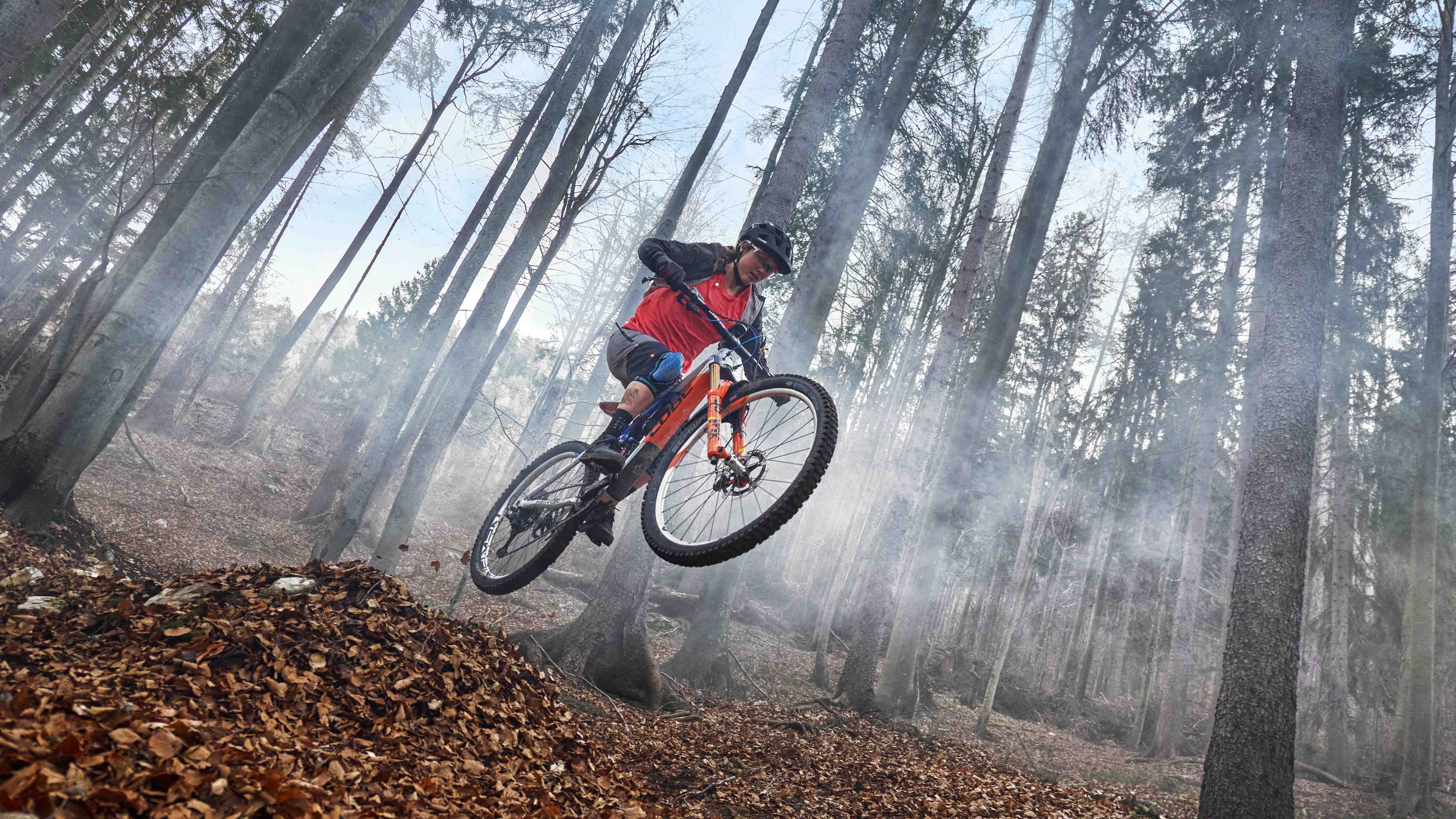Garmin Edge 130 Plus review: tiny entry-level bike computer with loads of useful cycling features
Garmin’s entry level bike computer packs loads of functionality without breaking the bank


The Garmin Edge 130 Plus starts with the essentials for logging your ride, but adds lots of Garmin’s more advanced functionality in a tiny package. There’s good connectivity: hook up to peripherals and a smartphone for even more data, while the Garmin Connect app lets you track and analyse your rides.
-
+
Compact size
-
+
Loads of functionality for road and mountain biking
-
+
Good supporting apps and connectivity
-
-
Monochrome screen
-
-
No touchscreen
-
-
Misses some functions of Garmin’s pricier units
Why you can trust T3
In this Garmin Edge 130 Plus review, we'll take a look at the powerhouse brand’s smallest, cheapest GPS bike computer to date. Despite its entry-level positioning, the Edge 130 Plus packs a lot of functionality into a package that won’t weigh you down or take over your handlebars.
If you haven't got all the money in the world but wouldn't want to miss out some cool features only the best bike computers had until now, then you'll appreciate the compromise on features and quality the Garmin Edge 130 Plus has to offer.
Garmin Edge 130 Plus: price and availability
The Garmin Edge 130 Plus is available to buy now at Garmin US, Garmin UK and Garmin AUS for a recommended retail price of $199.99/£169.99/AU$349.
In the UK, you can buy the Garmin Edge 130 Plus as part of a 'mountain bike bundle' which includes the Edge 130 Plus MTB unit, standard mount, MTB mount, Edge remot, speed sensor, silicone case and a tether.
In the UK and the US, there is also a 'heart rate bundle' which includes the Edge 130 Plus unit, the HRM-Dual heart rate monitor, standard mount, USB cable and tether.

Garmin Edge 130 Plus review: the basics
At 63mm x 41mm x 16mm and weighing just 34 grams, the Edge 130 Plus is tiny compared with the top spec Garmin 1030 Plus, but incorporates much of the same functionality. Its £169 price tag is just £20 more than the older Garmin 130, which shares the same format, but misses out on some useful functions of the Edge 130 Plus.
As you’d expect, the Edge 130 Plus starts out by recording the essentials of your ride. Set up out of the box is quick, guided by an on-screen wizard which lets you set your basic parameters like language and measuring units. Then you just have to mount the unit to the handlebar using Garmin’s quarter-turn mount, which is held on by rubber straps, and you’re good to go.
Get all the latest news, reviews, deals and buying guides on gorgeous tech, home and active products from the T3 experts
Press the Start button and the Garmin Edge 130 Plus will quickly lock onto a GPS signal and begin to record your ride. It works with GPS, Glonass and Galileo satellite constellations, so there’s a strong fix on your position and there’s an accelerometer and barometer built in to help fine-tune speed and altitude data. You can expect up to 12 hours recording between charges.
If you stop during your ride, the Edge 130 Plus will autopause and once you’ve finished you just hit the Start button again to finish recording and save.
Unlike Garmin’s high end units, the Edge 130 Plus doesn’t have a touchscreen, relying on five buttons to control its functions. But they’re logically laid out and easy to use even when wearing thick winter cycling gloves.
While you’re riding, the Edge 130 Plus displays three data fields as a default: distance, ride time and time of day. There’s also a map screen with a breadcrumb trail and an elevation profile. They’re all easy to read on the 45mm diagonal, 303 by 230 pixel monochrome screen. You can scroll up or down between them using the two buttons on the unit’s right hand side.

Garmin Edge 130 Plus review: connectivity
The Garmin Edge 130 Plus has Bluetooth and ANT+ connectivity. That lets you expand its functionality by linking up to your smartphone and to peripheral devices, which allow you to record more data.
Link up a heart rate strap and you can start to get more information about your performance. Garmin sells an Edge 130 Plus bundle with its own HRM Dual heart rate monitor for £219.99, or you can pair up with the best heart rate monitors from other brands using either connection protocol.
For even more data you can link up a power meter, like the latest Garmin Rally pedal-based units.
It’s easy to add more data fields to the Edge 130 Plus to display the extra data, either by adding extra screens to scroll through or by increasing the number of fields displayed. Each data screen can show up to eight fields, although you might find that number difficult to read as you ride.
The Bluetooth connectivity lets you link up a phone too, which gives you even more options if you take it with you on your rides.
For starters, you get on-device notifications of incoming texts and calls. There’s the option to set up a Weather screen to give you the forecast as you’re riding, so you can head for home or for shelter if a storm is coming.
You can also set up Live Track which lets you designate email addresses of people who can follow your ride as you go. You can use incident management too. This detects an unusual acceleration, which might indicate a crash, and will alert your designated contacts, relaying your position. You can cancel a false alarm before it’s sent.
Yet another option is to pair the Edge 130 Plus with a Garmin Varia rearview radar/rear light, which will give you alerts to vehicles approaching from behind, how near they are and how fast they’re approaching.
Garmin Edge 130 Plus review: planning and analysis
Garmin has the most sophisticated pre-ride planning and post-ride analysis out there, via its Connect smartphone and computer app.
Garmin Connect lets you plot out a route and upload it to the Edge 130 Plus. There’s a choice of map formats and Garmin overlays these with the most popular roads for cyclists, based on its huge database of logged rides, so you can avoid major roads and keep to quiet back lanes.
You can either plot out a route (or course, as Garmin calls it) by clicking where you want to go or tell Garmin how far and in what direction you want to go and leave Garmin to work out a round trip for you.
Once you’ve got a route, it’s one click to upload. Select to ride it and you get turn-by-turn navigation with an alert as you approach a turn and as you pass through it. It’s easy to follow either as a pop-up turn indicator on the data screen or via the breadcrumb trail on the map screen. Unlike Garmin’s pricier units there’s no basemap.
If there’s a significant climb on your route, you can set up the Edge 130 Plus to automatically switch on the ClimbPro function as you reach it. This switches to a gradient profile for the ascent and shows you how far up it you are, so you know what’s to come. The display switches back to the standard screen once you reach the top.
Post ride, you can review and analyse your workout on Connect too and you can automatically upload it to Strava and other training apps. Garmin will tell you how long you need to rest up to recover and you can download structured training plans to follow.
It all adds up to a lot of functionality to up your cycling game in a handy sized, easy-to-use package.

Garmin Edge 130 Plus review: verdict
The Garmin Edge 130 Plus is the perfect entry level bike computer that's especially geared towards MTB riders. This comparatively tiny device might not look like much with its monochrome screen but it offers lots of Garmin’s more advanced functionality in a smaller form factor.
There’s good connectivity: hook up to peripherals and a smartphone for even more data, while the Garmin Connect app lets you track and analyse your rides. If you happen to have other Garmin wearables, maybe even the Garmin Enduro watch or the Garmin HRM-Pro heart rate monitor, adding the Edge 130 Plus to your cycling ecosystem is highly recommended.
Garmin Edge 130 Plus review: also consider
The Hammerhead Karoo 2 might be more expensive than the Garmin Edge 130 Plus but it also features a touchscreen, full-colour, high-resolution 3.2” display protected by a Dragontrail Glass panel as well as a bunch of premium features no serious cyclist want to miss out on.
There is also the mega-expensive Garmin Edge 1030 Plus that really packs a punch and delivers all the best cycling features Garmin has to offer in a very handsome package indeed. Beautiful screen, massive memory and long battery life are just a few amazing features the Edge 1030 Plus has to offer.